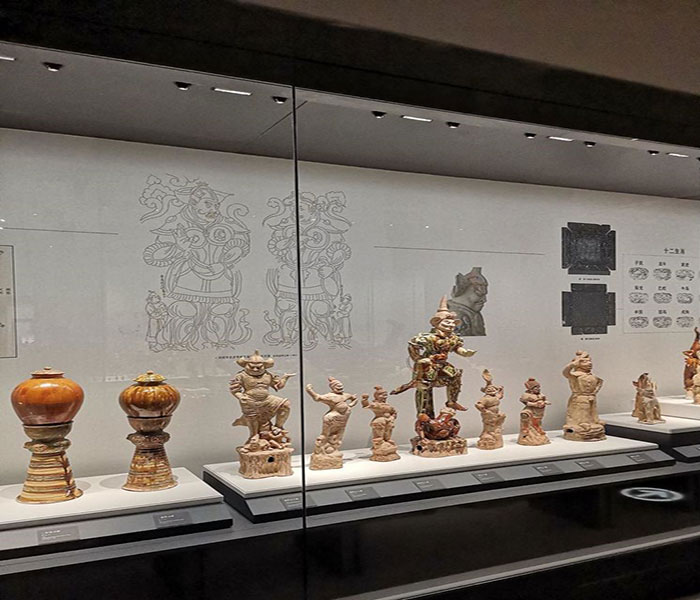In the serene corridors of a museum, the glamour of glass may be overshadowed by its transparent properties, but the light of its innovation shines through silently. As a bridge between the past and the present, between conservation and display, museum glass has always evolved with the times, absorbing the latest achievements in technology. This article will readers to explore the latest development of museum glass and witness how this transparent medium injects new vigor into the protection and display of cultural heritage through innovation.
I. The latest technological advances
Intelligent dimmable glass: In recent years, scientists have developed intelligent dimmable glass that can control transparency through electric currents. This glass can change its transparency under different voltages, providing exhibits with adjustable light and privacy protection.
Self-cleaning glass: Using nanotechnology, researchers have developed glass with a self-cleaning function. This glass is covered with a nanoscale titanium dioxide coating that can decompose organic matter under sunlight, thus reducing cleaning frequency and maintenance costs.
Bullet-resistant and shock-resistant glass: To improve safety, a new type of bullet-resistant and shock-resistant glass has emerged. It is designed with multi-layer composite materials to protect exhibits from damage even under certain conditions.
Environmental Protection and Sustainability
Energy-saving glass: With the emphasis on environmental protection, the new energy-saving glass can effectively reduce the building's energy consumption. This glass can reflect some of the sun's heat while maintaining a high level of transparency and reducing reliance on air conditioning.
Recycled materials: R&D developers are exploring the use of recycled glass materials for museum glass to reduce resource consumption and environmental impact in the production process.
III. Digitalisation and Interactive Experience
Augmented Reality Glass: Combined with augmented reality technology, the new museum glass can provide an interactive visitor experience. The audience can see the virtual information on the glass through smart devices, and gain an in-depth understanding of the stories behind the exhibits.
Touch Interactive Glass: By integrating touch technology on the glass surface, an interactive display is created so that the audience can directly interact with the exhibits to learn.

IV. Personalisation and customization
Color management: To meet the needs of different exhibitions, the new glass can achieve color management through a special process to ensure that different types of exhibits are presented in the desirable light.
Shape customization: With advanced manufacturing technology, the glass can be customized in various shapes and sizes according to the specific needs of the museum, perfectly adapting to various exhibition spaces.
V. Challenges and Future Directions
Technology cost: Although the new technology brings many advantages, the high R&D and production cost is still a problem that needs to be solved.
Technology popularisation: How to popularise these high technologies to more museums, especially in the case of limited resources, is an important issue for the future.
Cultural acceptance: the introduction of new technologies also needs to take into account the acceptance and cultural adaptability of the audience to ensure that the application of technology and cultural dissemination of harmony.
The latest developments in museum glass demonstrate the infinite possibilities between technology and cultural heritage preservation. From intelligent dimming to self-cleaning function, to the application of augmented reality technology, these innovations not only enhance the level of protection of cultural relics but also bring the audience a visiting experience. In the face of challenges, the museum glass industry needs to continue to find a balance between technological innovation and sustainable development to serve the cause of preserving and displaying global cultural heritage more broadly. In the future, with the emergence of new materials and technologies, museum glass will continue to illuminate the path of cultural heritage preservation in the light of innovation.





